|
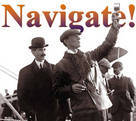
 Up
Up 
 Wright Timeline 1880
to 1889
Wright Timeline 1880
to 1889 
(You
are here.)
 Down
Down




  Need
to Need
to
find your
bearings?
Try
these
navigation aids:
If
this is your first
visit, please stop by:
Something
to share?
Please:



|
|
Available in Française, Español, Português, Deutsch, Россию,
中文,
日本, and others.
 o
invention, no scientific discovery, no work of art, no human
endeavor happens in an historical vacuum. There are always other
factors -- cultural, political, personal -- that influence the
outcome of a single event. So it was with the invention of the
airplane. The Wright brothers were born just as the Scientific
Method became a tremendous force for cultural change, and the world
became an increasingly wonderful and terrible place because of it.
When Wilbur and Orville were children, the abacus was the most
advanced mathematical aid, influenza was an often-fatal disease, and
the cannon was the most feared weapon of war. By the time Orville
died, the first computers were just being built, antibiotics had
begun to wipe out disease, and the atomic bomb made war
unthinkable. Many of these advances influenced the development of
the airplane -- and the airplane, in turn, influenced further
advances. o
invention, no scientific discovery, no work of art, no human
endeavor happens in an historical vacuum. There are always other
factors -- cultural, political, personal -- that influence the
outcome of a single event. So it was with the invention of the
airplane. The Wright brothers were born just as the Scientific
Method became a tremendous force for cultural change, and the world
became an increasingly wonderful and terrible place because of it.
When Wilbur and Orville were children, the abacus was the most
advanced mathematical aid, influenza was an often-fatal disease, and
the cannon was the most feared weapon of war. By the time Orville
died, the first computers were just being built, antibiotics had
begun to wipe out disease, and the atomic bomb made war
unthinkable. Many of these advances influenced the development of
the airplane -- and the airplane, in turn, influenced further
advances.
Here is chronology that shows not just the story of the Wright
brothers, but also the world they lived in and the important political,
cultural, and scientific events that loomed large in their lives. Click on the
decade you want to see:
|
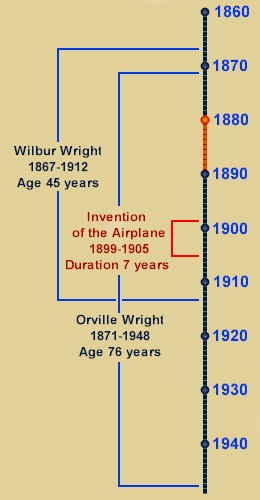 |
Time
|
The Wright
Story
|
The Bigger
Picture
|
|
1880 |
|
|
James and John Ritty of Dayton,
Ohio patent the first cash register, the beginning of the
business machine industry. Rodin sculpts The Thinker.
|
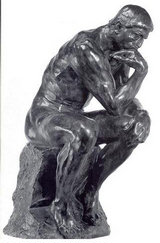 |
|
1881 |
The United Brethren Church reassigns Milton Wright to serve
the churches in Indiana and his family moves back to a farm
near Richmond. A conservative-liberal rift has
developed in the Church and Milton emerges as a leader of
the conservatives.
|
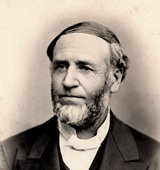 |
Clara Barton establishes the
American Red Cross and there is a gunfight at the OK Corral
in Tombstone, Arizona. |
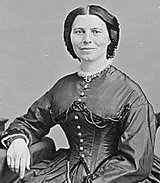 |
|
1882 |
|
|
Nikola Tesla perfects
alternating electrical current (AC) and begins work on the
first AC motor. These two inventions will lead to the second
Industrial Revolution, in which electricity replaces steam
as the driving force.
|
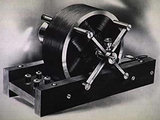 |
|
1883 |
Susan Wright begins to show symptoms of tuberculosis.
|
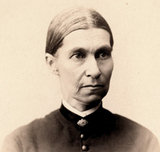 |
The first skyscraper is built in Chicago.
John J. Montgomery flies the first manned gilders in
America. Viennese inventor Siegfried Marcus patents an
improved version of his 1864 magneto. It is the first practical electrical ignition
system for an internal combustion engine.
|
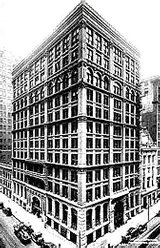 |
|
1884 |
Milton moves his family back to Dayton, Ohio to be closer to
the political center of the Church of the United Brethren.
|
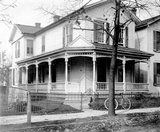 |
Mark Twain publishes Huckleberry Finn.
In Britain, Hiram Maxim develops the first modern machine
gun.
|
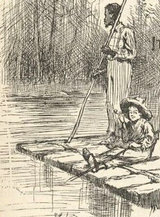 |
|
1885 |
A sports injury leads to
health problems that prevent Wilbur from attending college. He stays at home,
attending his invalid mother.
|
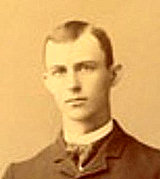 |
English inventor John Kemp Starley manufactures the first
"safety" bicycle. Karl Benz patents the automobile
and unveils his "Benz Patented Motorwagon."
|
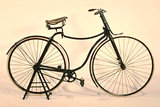 |
|
1886 |
Orville starts a
printing business while he is still in high school.
|
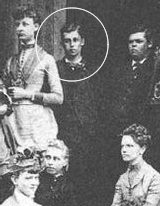 |
The American
Federation of Labor organizes. There is widespread labor
union unrest including the Haymarket Square Riot, later
commemorated by Labor Day and International Workers Day.
John Pemberton introduces Coca-Cola in Atlanta,
Georgia.
|
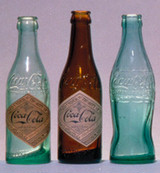 |
|
1887 |
|
|
Anne Sullivan begins teaching
Helen Keller, who is both blind and deaf. The first
groundhog day is observed in Punxsutawney, Pennsylvania.
Arthur Conan Doyle introduces Sherlock Holmes. |
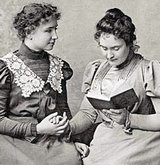 |
|
1888 |
|
|
Karl Joseph Bayer develops a process to smelt aluminum from
bauxite ore. John Dunlop introduces the pneumatic rubber
tire. Artist Vincent Van Gogh gains fame in France.
|
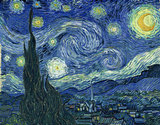 |
|
1889 |
Orville publishes a newspaper, the "West Side News," and
Wilbur joins him as editor. The Church of the United
Brethren splits over its internal disagreements and Milton
Wright leads the conservative side of the schism to form a
new church. Susan Wright dies from tuberculosis.
|
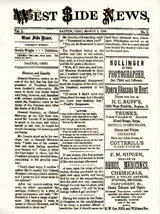 |
The Eiffel Tower is built in Paris, France.
The jukebox is introduced in San Francisco, California and
the first commercial long-distance transmissions of
electricity begin in Italy and Oregon.
|
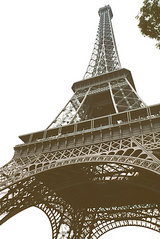 |
|
|
|
|